Granada Theater
Introduction
Text-to-speech Audio
Images
The Granada Theater
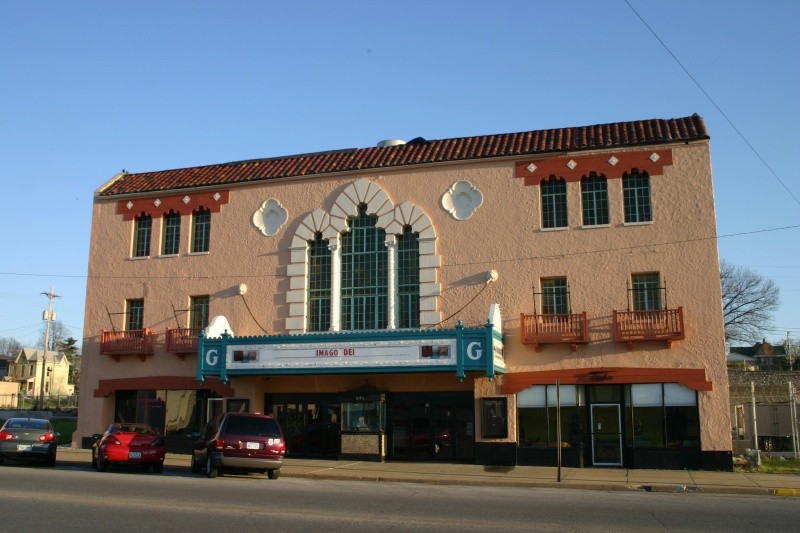
The Granada Theater shortly after opening, circa 1930s
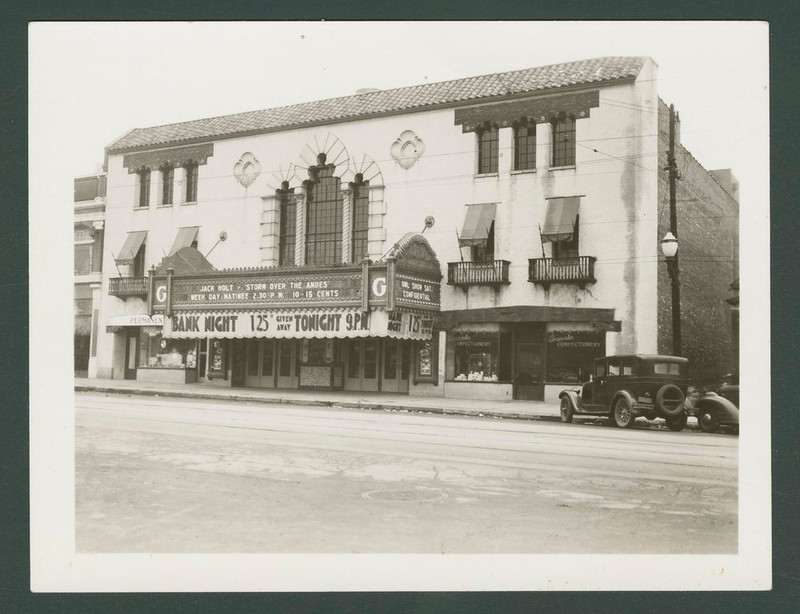
The auditorium circa 1929
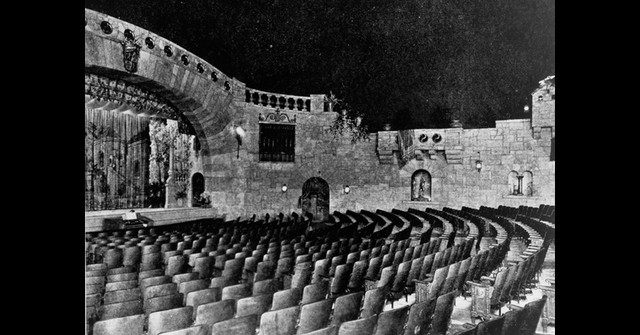
The auditorium circa 1929
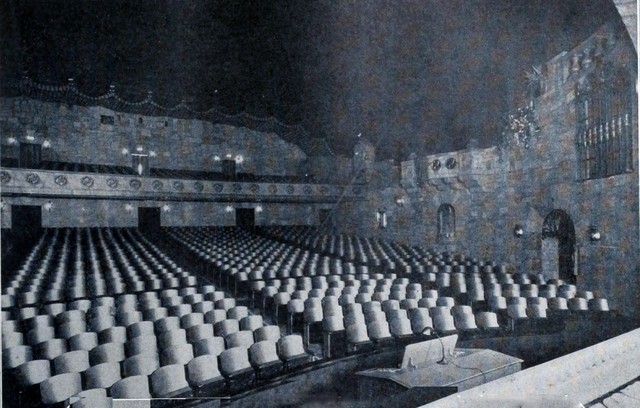
The lobby circa 1929
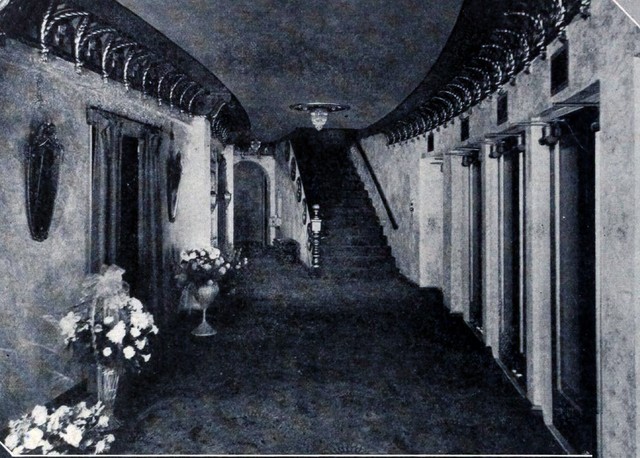
Part of the theater program circa 1929
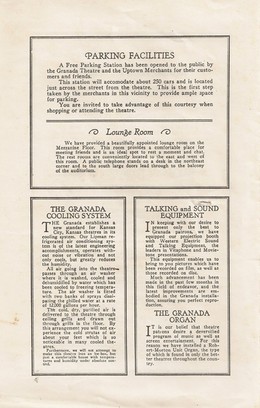
The interior after restoration in 2011
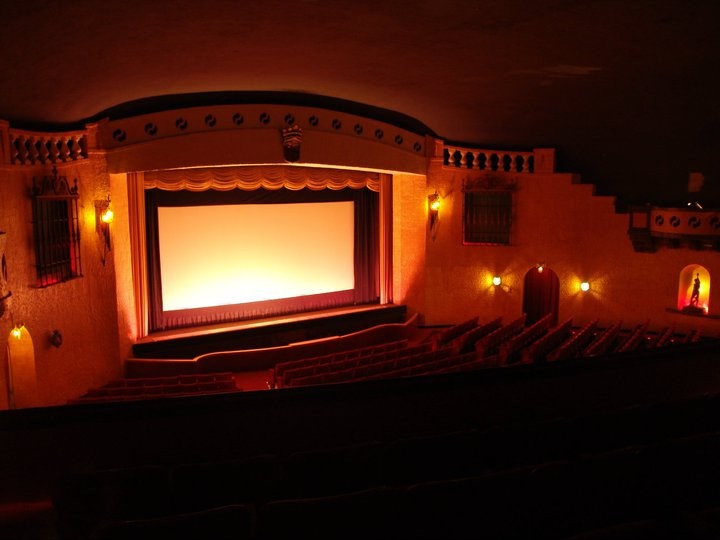
Detail of one of the interior fountains
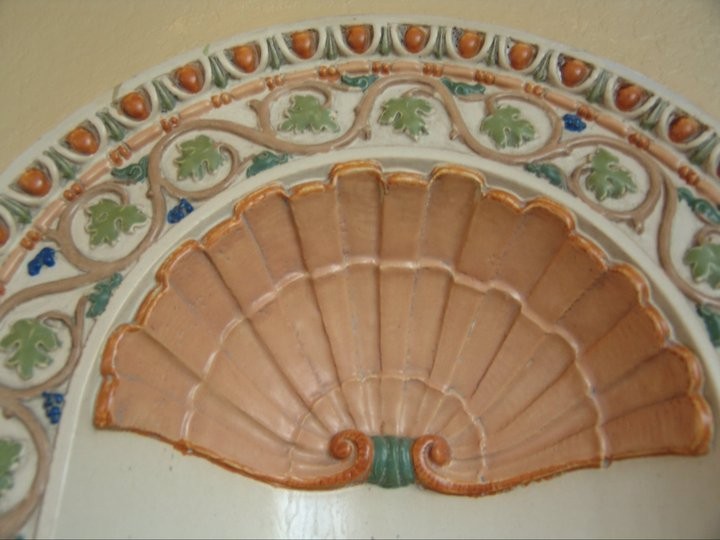
Light fixture and air duct
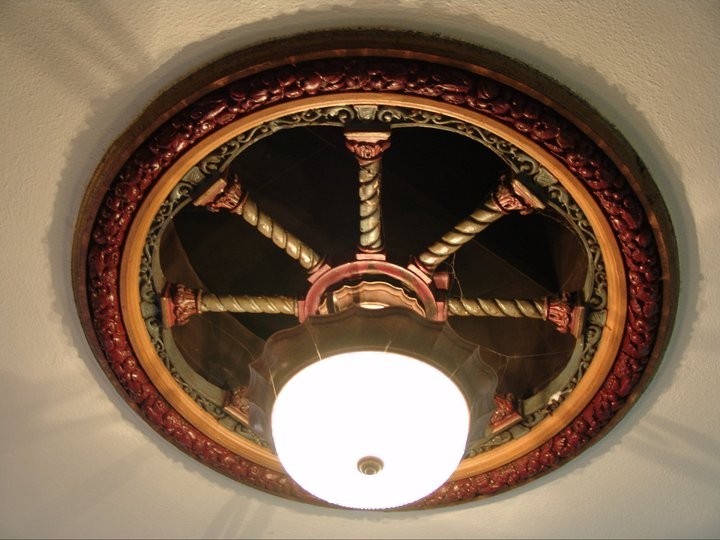
View from the balcony
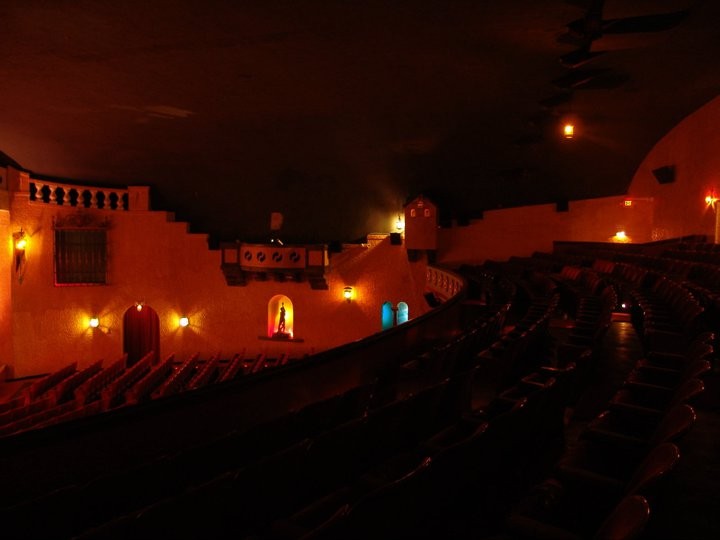
Backstory and Context
Text-to-speech Audio
The Granada Theater was opened in 1929 by Ben Gorman and William Toplikar. Gorman was a cabinetmaker from Russia who owned a successful furniture business in Kansas City. Toplikar was a realtor who negotiated a lease with Midwest Film Distributers and Midwest Theaters, Inc for the construction of a new theater near Gorman’s furniture store. [1] Gorman and Toplikar chose brothers Carl and Robert Boller to design the new theater. The Boller Brothers architectural firm, based in Kansas City, Missouri, specialized in theaters and movie palaces in the 1920s. [3]
The three-story theater was built in the Mission and Spanish Revival style with a stucco exterior. It was originally painted light brown with shades of pink and terra cotta trim. The façade has a fake slanting roof of Spanish-style ceramic tiles. A marquee projects out over the sidewalk. The two main entrance doors, with a glass ticket booth in between. Above the marquee is a set of three large two-story windows with decorated columns and terra cotta panels. [1]
The Granada Theater is representative of an “atmospheric” movie house, popularized in the 1920s. The sweeping auditorium had a capacity of over 1,200 and was designed to make visitors feel like they had stepped into a Moorish palace courtyard, with faux stone walls, bridge features over the stage, and torch-like light fixtures. Decorative fountains, statues, and plants added to the effect. The ceiling was dark blue with twinkling lights resembling stars in the night sky. In its early years, clouds were projected onto the ceiling and mechanical birds traveled across on wires. [1,2]
The theater operated until 1968, outlasting many other theaters which could not survive the popularity of television. The interior and exterior have had extensive restoration done over the years. It has reopened briefly several times as a movie theater and a live performance theater. It was listed on the National Register of Historic Sites in 2005, and now operates as a church. It remains one of the best surviving examples of the Boller Brothers’ theater design, as well as one of the only operational atmospheric theaters left in the country. [3]
Cite This Entry
Nickel, Jamie. "Granada Theater." Clio: Your Guide to History. October 22, 2019. Accessed March 20, 2025. https://theclio.com/tour/991/11
Sources
1. Ottesen, Kristen and Elizabeth Rosin. “National Register of Historic Places Registration Form: Granada Theater.” Kansas State Historical Society Website. Form prepared June 2004. Accessed October 22, 2019. https://khri.kansasgis.org/index.cfm?in=209-2820-01896.
2. Jarratt, Clay. “Granada Theatre.” Cinema Treasures, LLC Website. Accessed October 22, 2019. http://cinematreasures.org/theaters/8047.
3. “The Boller Brothers.” Cinema KC/Film Society of Greater Kansas City Website. February 1, 2018. Accessed October 22, 2019. https://cinemakc.com/film-history/the-boller-brothers/.
https://khri.kansasgis.org/index.cfm?in=209-2820-01896
https://www.kansasmemory.org/item/305894
http://cinematreasures.org/theaters/8047/photos
http://cinematreasures.org/theaters/8047/photos
http://cinematreasures.org/theaters/8047/photos
http://cinematreasures.org/theaters/8047/photos
https://www.facebook.com/Granada-Theatre-Kansas-City-Kansas-180385801995847/
https://www.facebook.com/Granada-Theatre-Kansas-City-Kansas-180385801995847/
https://www.facebook.com/Granada-Theatre-Kansas-City-Kansas-180385801995847/
https://www.facebook.com/Granada-Theatre-Kansas-City-Kansas-180385801995847/

